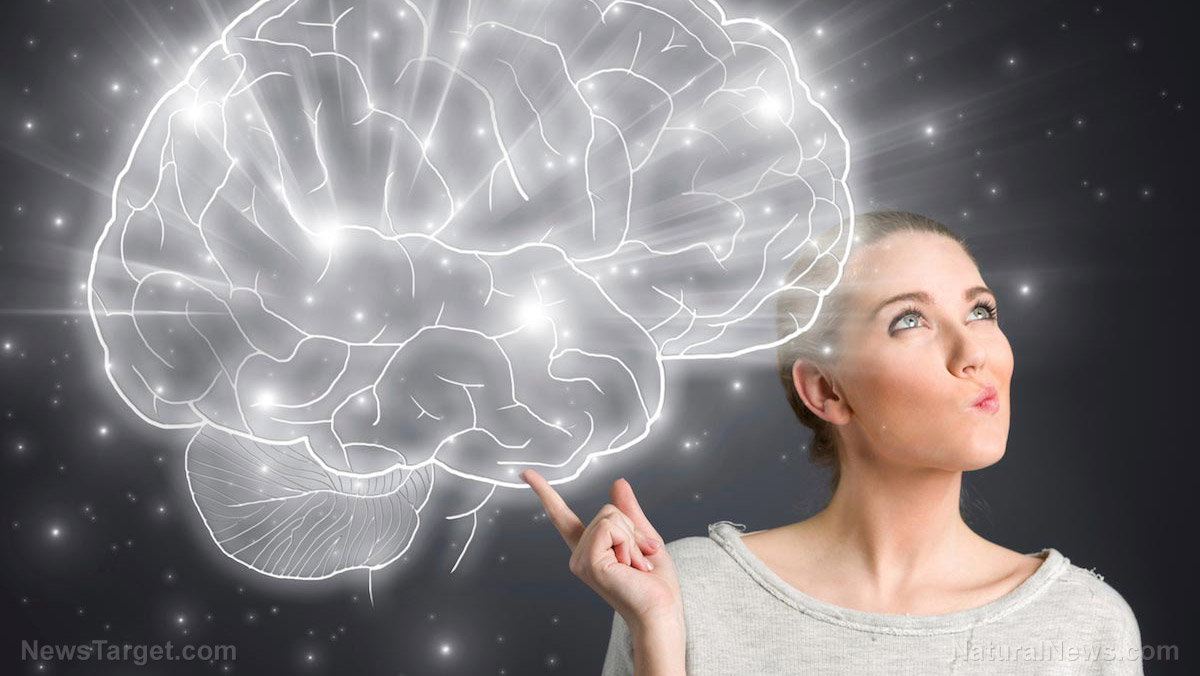
The researchers studied the brain circuity that oversees the intake of food and water. They monitored the activity of neurons that regulate the intake of water based on what the brain perceives rather than what the body "feels" it needs.
The study indicates our bodies start to get ready for a mealtime when we suddenly come across food or water. Co-corresponding author and assistant professor Mark Andermann theorized that problems in this "top-down" control could lead to overeating or over-drinking with corresponding consequences.
He and his fellow researchers from the Beth Israel Deaconess Medical Center (BIDMC) kept track of the activity of neurons that released vasopressin. An anti-diuretic hormone, vasopressin helps regulate the fluid balance in the body by reducing urination.
Eating or drinking can alter the relative concentration of water versus salt in the human body. Vasopressin is an important means of maintaining this balance. (Related: Here’s why we’re willing to pay more for unhealthy foods we crave, according to science.)
Brain circuit regulates hunger and thirst to maintain the body's water-to-salt balance
Andermann's co-corresponding author, Professor Bradford B. Lowell, explained the vital importance of maintaining the water-to-salt concentration outside the cells. He said the human body will have more time to manage its water balance if the brain can anticipate just how much water will be added shortly.
The vasopressin-releasing brain circuit provides the kind of fast and top-down control that can effectively regulate the amount of water in the body.
Their experiments involved several mice models. Andermann and Lowell deprived the rodents of access to drinking water. They monitored the activity of vasopressin-releasing neurons when they finally presented water to the thirsty lab animals.
The BIDMC researchers reported that the activity of those neurons dropped like a rock within seconds of the mice spotting the water. This happened way before the thirsty animals took as much as a sip of water.
The same brain circuit registered sharp spikes in activity almost immediately after spotting and smelling food. However, the increase only took place after the food had been eaten, not before consumption.
This timing contrast has led the researchers to believe that the brain circuit in charge of the reaction to water is a separate one from the circuit responsible for reactions to food.
Vasopressin-releasing neural circuit could help regulate meals
Lowell said that this swift regulation for hunger neurons and vasopressin neurons is a recent discovery. Despite its newness, it could apply to all forms of homeostatic control, where the body strives to achieve and maintain a healthy balance.
He also speculated that there might be individuals who experience problems with this top-down control. The bodies of these affected people would be unprepared for the incoming food or drink, and end up consuming much more than is healthy.
Andermann added that enhancing the top-down control offered a potential means of regulating the size of a meal without adjusting normal appetites or preventing a person from enjoying the delicious taste of tasty food.
The next step for the BIDMC research team is to analyze the brain circuits that are "upstream" of the vasopressin neurons.
You can find out more about the ways our brain regulates our appetite and other bodily functions at Brain.news.
Sources include:
Please contact us for more information.























